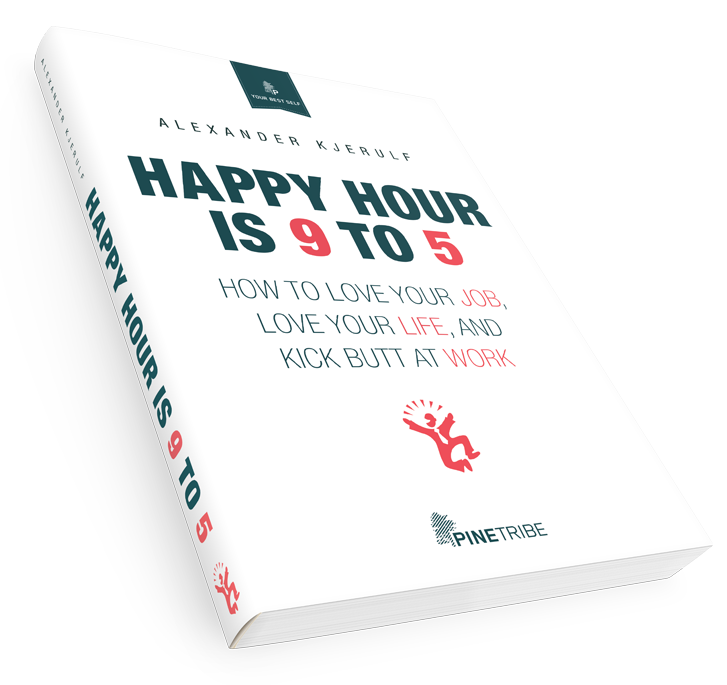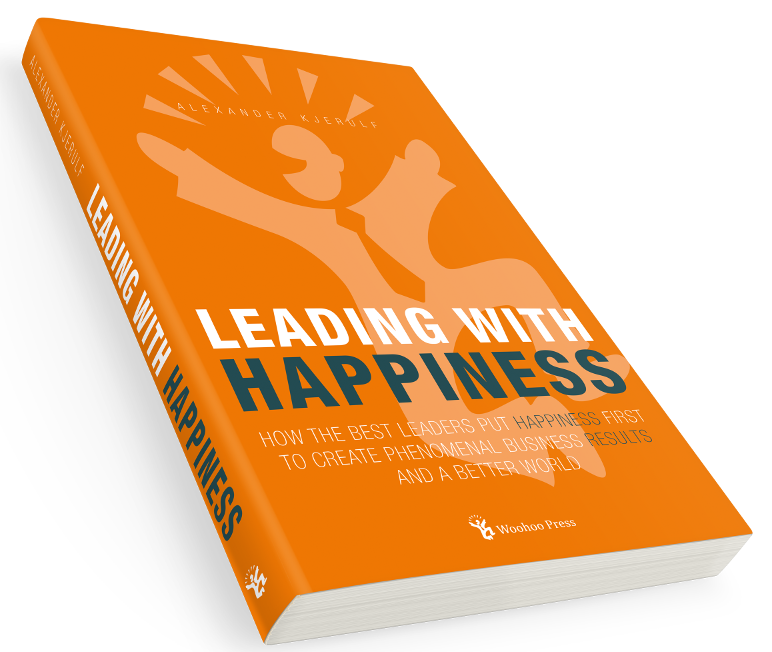1.61803398874989484820458683436563811772030917980576286213544862270526046281890
244970720720418939113748475408807538689175212663386222…
Doesn’t look like much does it? What if I told you, that this number is significant in such varied circumstances as:
* The construction of pentagons
* The number of spirals in sunflowers
* The construction of sea-shells
* Fractals
Spooky, huh?
The number is called variously the golden mean, the golden section number, the golden ratio or simply phi (pronounced fee), and in the book The Golden Ratio – The story of phi, the world’s most astonishing number, Mario Livio explains the history and relevance of this number. He looks at many phenomena that are definitely linked to this number (such as the ones mentioned above) and dismisses some which are waaaay more speculative – such as phi appearing in the proportions of the cheops pyramids and in Mona Lisa.
Basically, phi is the ratio you get, if you divide a line in two different lengths so that the ratio between the shorter and the longer piece is identical to the ratio between the longer piece and the whole line. This ratio is 1.618033… It is not only an irrational number (ie. one that can’t be written as a fraction of two integers), but it is in a sense the most irrational of all irrational numbers. Here’s a more in-depth description.
It takes a rare writer to write an interesting book about math, but Livio pulls it of magnificently, pulling together the history, the math, the beauty and the weeeeeird properties of phi.



Leave a Reply